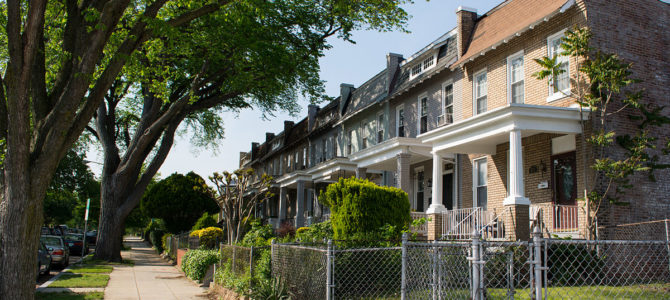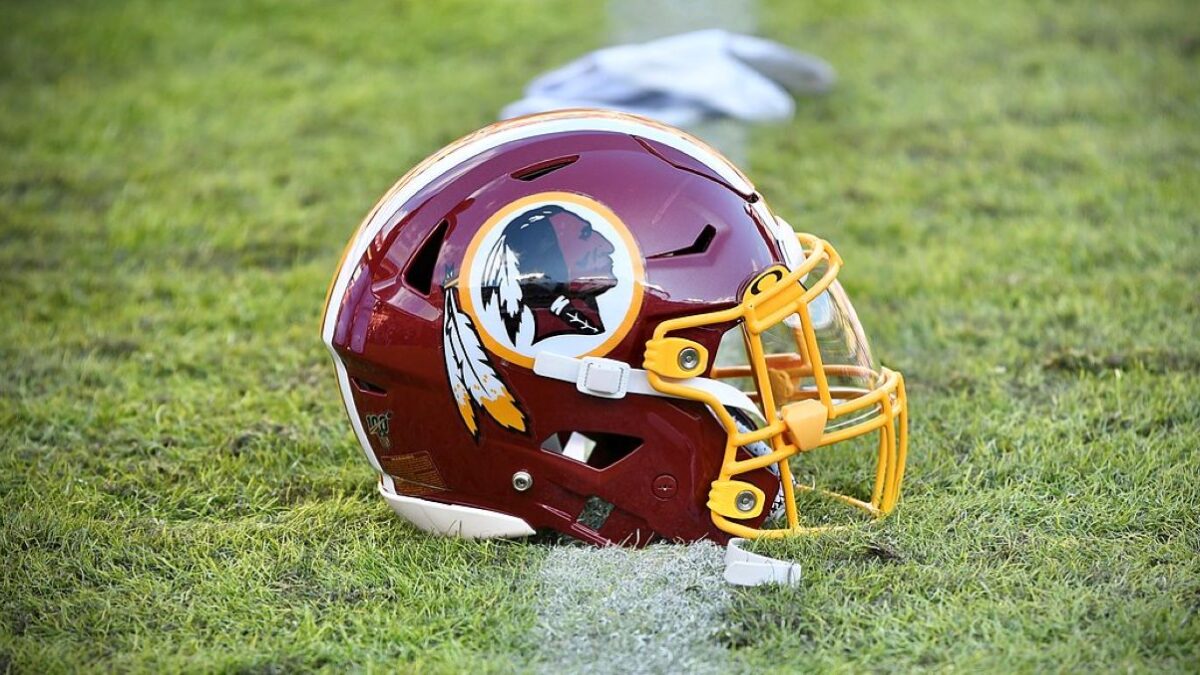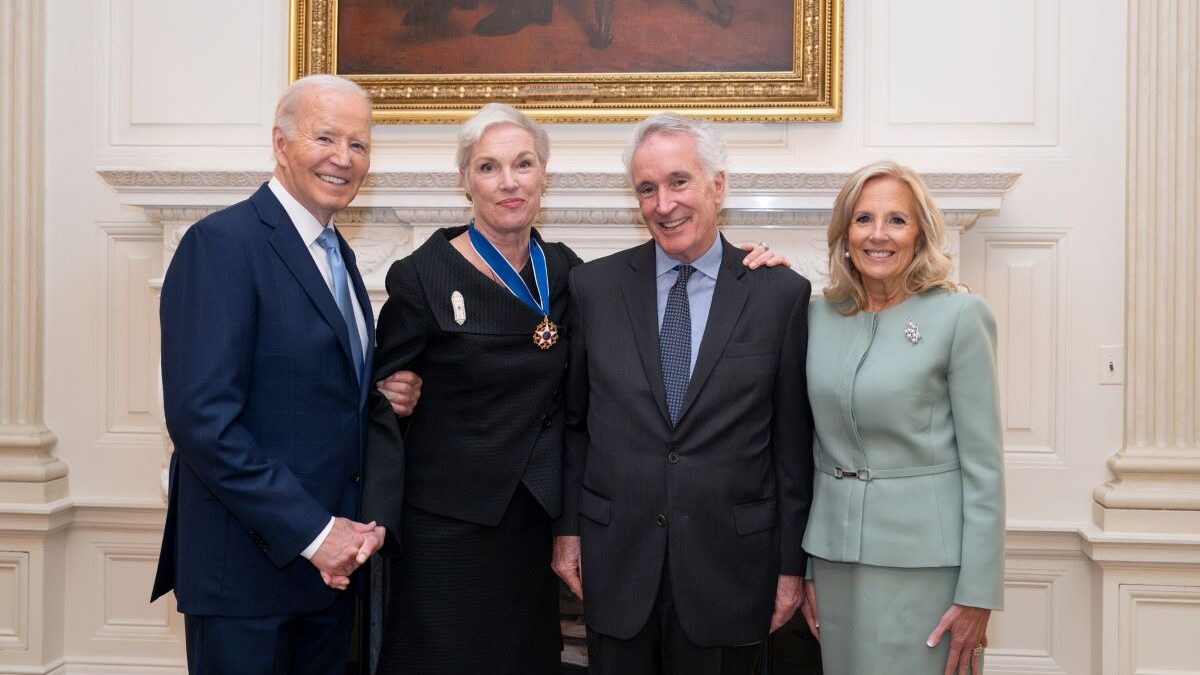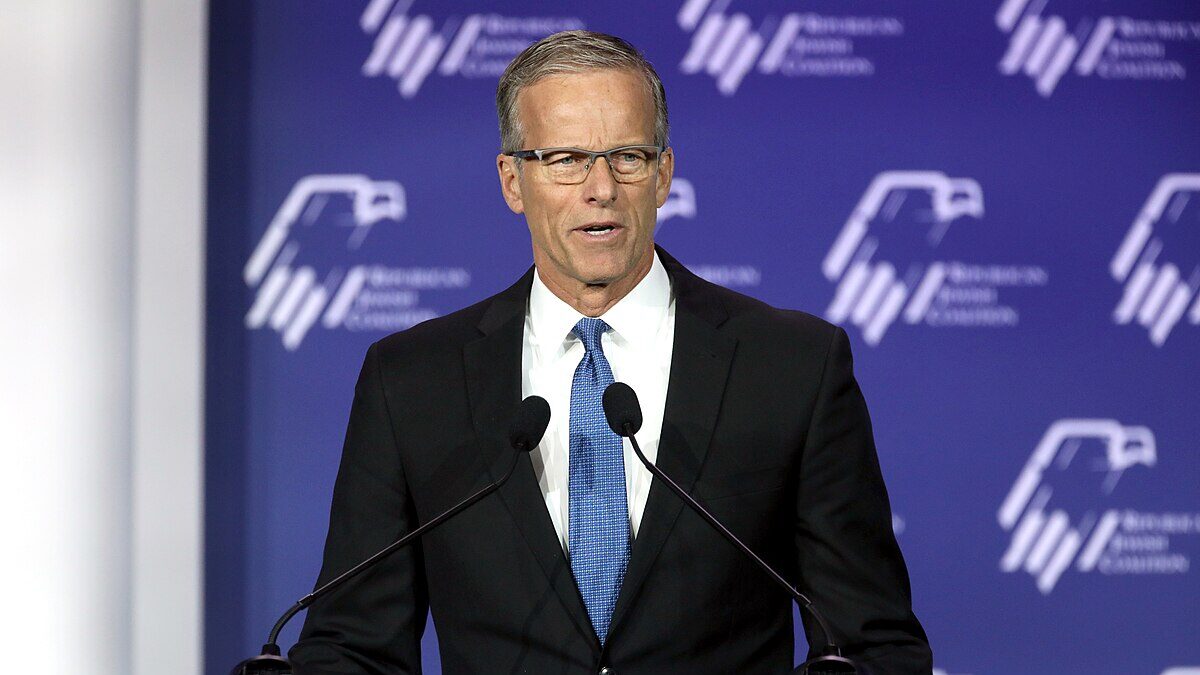
The poorest inhabitants of the District of Columbia have largely lost their confidence in their Democratic representatives, evidenced by a “historic plunge” in voting in the poorest and most violent neighborhoods of the nation’s capital, according to a 29 June analysis in The Washington Post. The troubled Eighth Ward witnessed fewer than 8 percent of registered voters in the district’s recent primary election on 19 June.
Sadly, this is only the latest in a long series of indicators suggesting the gentrification of some areas of the district, predominantly by young liberal elites, has largely failed to benefit the city’s historic black community. Moreover, some of the trends defining urban readjustment in Washington suggest the liberal technocratic elite are often indifferent to the needs of their black neighbors.
The Strange Paradox of the District
Politics in Washington DC is overwhelmingly one-sided. Since the city first had a mayor, in 1975, it has never had anything but Democrats holding the top position. Moreover, the last non-Democrat to lead the city (an independent) was in the early 1960s.
The city votes overwhelmingly for Democratic representatives at all levels of government. Much of this blue tendency can be explained by the large African-American composition of the city, which has been a bulwark of the Left for generations. Black voters, for example, formed the backbone constituency and cornerstone of coalitions of such leaders as notorious mayor Marion Barry Jr.
Although the influx of wealthier non-black residents has done nothing to dent the city’s image as a Democratic stronghold, it also hasn’t seemed to have any effect at bolstering declining voting rates in the neighborhoods that constitute the city’s black culture. The recent primary election was the “first time any ward’s turnout in a mayoral election dropped to single digits in nearly three decades of data available from the D.C. Board of Elections,” poll attendance less than half the rates seen elsewhere in the city.
Wealth flowing into the district is apparently having little effect on the indifference of largely African-American voters east of the Anacostia River. What’s going on here?
The Double-Edged Sword of Gentrification
There’s no doubt that gentrification brings significant benefits. Crime rates usually drop precipitously, communities become cleaner and more beautiful, and food and bar options improve dramatically. Yet, as one Coldwell Banker representative acknowledged, “some people do lose” when priced out of the neighborhoods in which they grew up.
Some DC residents have filed a lawsuit against the city for encouraging gentrification at the expense of poorer residents. The lawsuit alleges that the city’s policies discriminate on the basis of age, income, and race, favoring creatives and millennials at the expense of the city’s historically African-American, low-income residents. Such a policy would violate the DC Human Rights Act.
The Washington Post has done a laudable job reporting on the legion of ways that gentrification is hurting these black communities, a fascinating study in the contradictions inherent in politics on the Left. Bicycle commuters, for example, have pushed for more bike lanes, a liberal pro-green policy if ever there was one. However, more bike lanes in many parts of the city means less parking, a particular frustration for those who attend Sunday church.
As DC transplant and writer Addison del Mastro has observed, few of the young technocratic elites now populating the city attend church, instead preferring to indulge in Sunday brunch bacchanalias. When I related the story of the DC “bike lane controversy” to a coworker—a very successful, liberal graduate of the University of Chicago now living in the district—he had little sympathy for the city’s black churches. Indeed, he complained that their music was far too loud, and said he had issued noise complaints about one in his own neighborhood.
Many blacks whose families have a long history with the city meanwhile can no longer afford to live in the district, so now live in nearby Maryland counties. Many still have to commute into the city for work, which often requires hours on public transportation, oftentimes doing jobs for the technocratic elite that now populate their old haunts.
In a similar sad irony, the Post noted that few restaurants in the city offer food delivery to the poor, largely black Seventh and Eighth wards. Whatever the goods of gentrification, many are not making their way to those who would benefit the most.
We Need to Be Real Localists
Are the city’s influx of white, upper-middle-class technocrats indifferent to the plight of their poorer black neighbors? Their political opinions and voting records, which prioritize various financial redistribution programs, don’t suggest that. Nor do surveys that show millennials value volunteering more than their predecessors did (although that doesn’t necessarily correlate to more assistance to local communities).
Nor am I particularly interested in bashing the Left for some sort of hypocrisy regarding the poor. If those with any means are honest, we’ll acknowledge that we all fail the needy of our communities. Ultimately, I’m inclined to wager that the failure of the city’s far wealthier newer inhabitants to support and strengthen poorer communities has more to do with larger societal trends that foster isolation and indifference.
As Robert B. Putnam has noted in his game-changing research, more and more Americans are “bowling alone.” The many mediating institutions of American society, which bonded us to one another and strengthened community relations, are largely evaporating.
Church attendance is plummeting, certainly among millennials. Marriage and birth rates, which indicate “settling down” and investing in a community, are also in decline. The kinds of single technocrats who populate the city simply aren’t doing the kinds of things that foster deeper, more empathetic ties. We’re increasingly exchanging social media networks for the flesh-and-blood networks that once defined city life.
The broader societal trends of religious society are making us more insular and atomized, less aware of, or empathetic to, the needs of those who live only a few miles from us. This tendency reaffirms the implicit biases and racism even liberal Americans sometimes expose when talking about “dangerous” neighborhoods, as Lyman Stone has recently noted about his own experience in the DC area.
What will preserve and empower the kinds of neighborhoods suffering under the district’s ongoing gentrification explosion is not necessarily a shift in political power or a host of new top-down social programs. What is needed far more is a willingness to go to the kinds of places (e.g. the Seventh and Eighth wards) and do the kinds of activities such as church, synagogue, formal volunteering programs, sports leagues, and community associations that unite us to our neighbors, regardless of politics.
That brand of localism, which starts with us and how we spend our evenings and weekends, has the power not only to heal the wounds of our cities, but that of our nation writ large.








